- myFICO® Forums
- FICO Scoring and Other Credit Topics
- Understanding FICO® Scoring
- Re: Utilization question
- Subscribe to RSS Feed
- Mark Topic as New
- Mark Topic as Read
- Float this Topic for Current User
- Bookmark
- Subscribe
- Mute
- Printer Friendly Page
Utilization question
Is your credit card giving you the perks you want?
Browse credit cards from a variety of issuers to see if there's a better card for you.
- Mark as New
- Bookmark
- Subscribe
- Mute
- Subscribe to RSS Feed
- Permalink
- Report Inappropriate Content
Utilization question
- Mark as New
- Bookmark
- Subscribe
- Mute
- Subscribe to RSS Feed
- Permalink
- Report Inappropriate Content
Re: Utilization question
@Anonymous wrote:
Everyone keep saying Make sure you don't use more than 30% utilization. Are they talking about 30% of 1 card or total credit together? Hope I'm saying it correctly, I new to this. Thanks!
Both

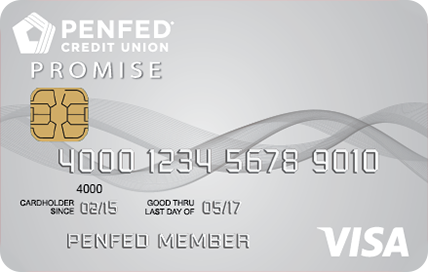

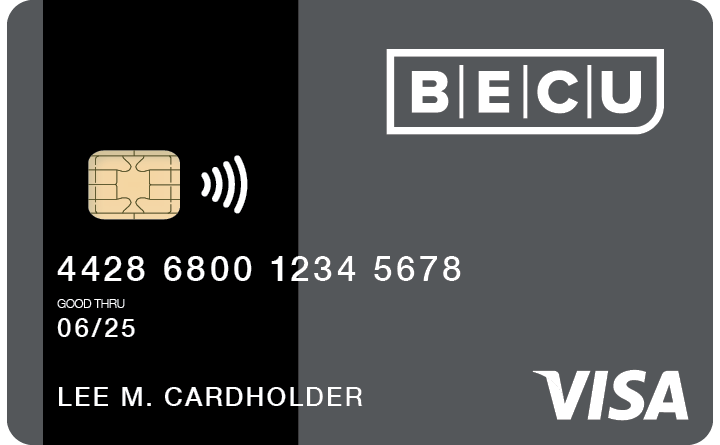
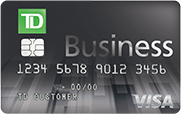


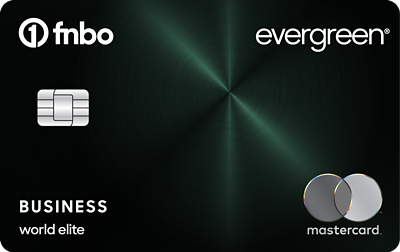
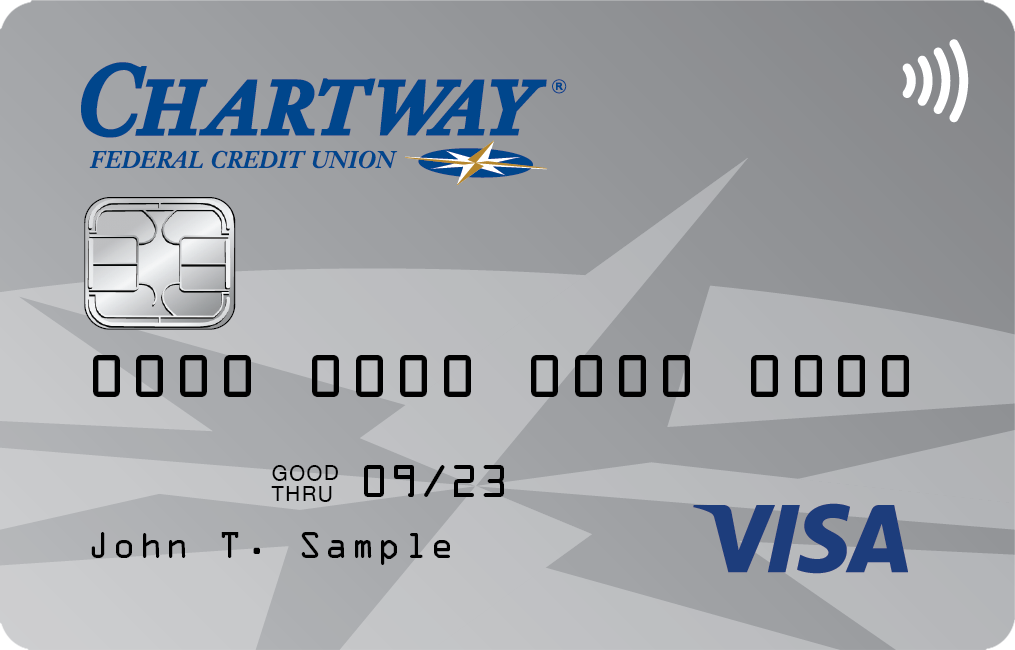


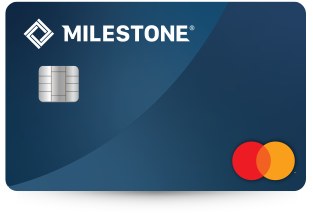


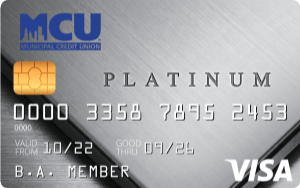
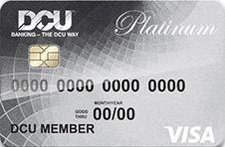

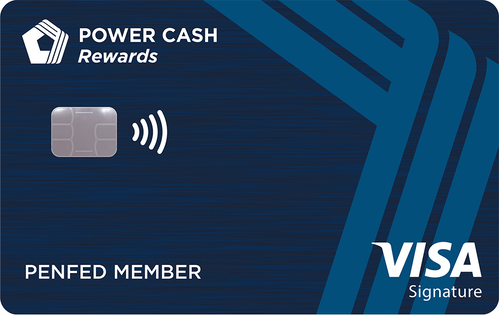


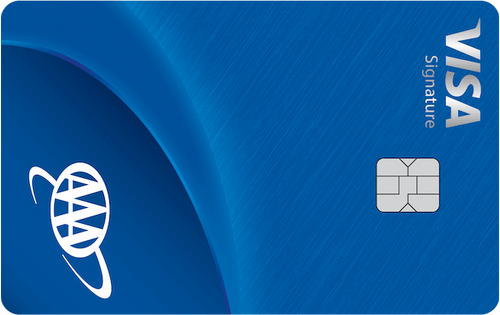
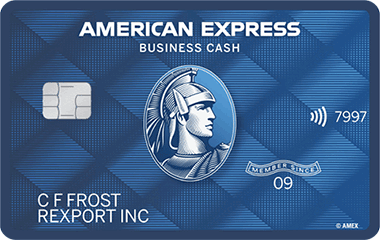
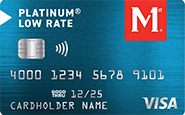
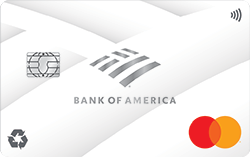


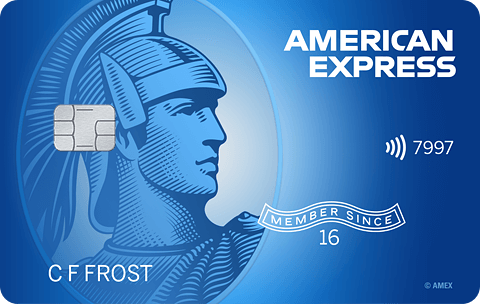
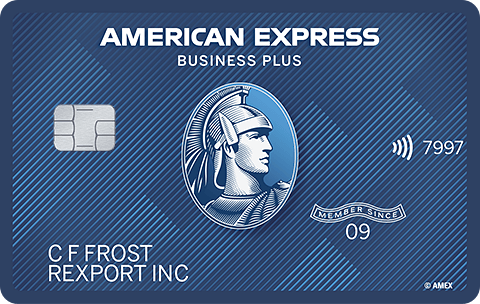



Total revolving limits 569520 (505320 reporting) FICO 8: EQ 689 TU 691 EX 682
- Mark as New
- Bookmark
- Subscribe
- Mute
- Subscribe to RSS Feed
- Permalink
- Report Inappropriate Content
Re: Utilization question















- Mark as New
- Bookmark
- Subscribe
- Mute
- Subscribe to RSS Feed
- Permalink
- Report Inappropriate Content
Re: Utilization question
They are probably talking about total, but here is how CC utilization works. All of the following issues were implied by your question and it would be really good to make sure you understand the whole picture.
There are two factors related to CC utilization.
(1) FICO looks at the utilization for each card considered by itself (amount owed compared to its particular credit limit).
(2) FICO looks at your total utilization (total amount owed vs total credit limit, with all cards added together)
The overwhelming experience of most of the veterans here is that #1 can have a huge impact on your score, but only when that percentage gets very high (i.e. as you move closer to the card being maxxed out). Nobody knows exactly when you begin to take a hit, and it probably varies according to the kind of profile. But here's a guess just to give you an idea: no impact if you are less than 50%, tiny impact if you are less than 80%, increasingly and very serious impact as you approach 100%.
So as long as you keep your individual lines away from being maxxed out (who knows, less than 70%?) then of the two factors it is your total utilization that really matters.
As far as total goes, you get the most points by keeping it very low. Again, probably varies according to profile. 1-5% is very safe and anything in that range is almost certainly the same. Many people guess that any positive utilization less than 8.99% is all the same (FICO rounds up so a 9.1% utilization is treated by them as 10%). As you go from 10% and higher you begin to get a penalty. Up through 29% the penalty is probably fairly small. Above that it starts getting more and more serious.
But above all the most important idea is that the utilization factors don't have "memory." What that means is that you don't have to constantly keep your utilization low. As long as you get it low for at least a month, you will almostl instantly get all the points back that you were losing for it being high. Example: suppose Bob and Fred have pretty much the same credit profile (# of cards, etc.). Bob keeps his utilization always at 3%. Fred doesn't worry about it and his utilization varies between 30% and 60%. But then Fred brings his util to 3%. A month later he is getting the same number of points as Bob did from this factor. FICO "forgets" that his utilization was consistently high for a year.
So what that means is that the advice you got to "always" keep your utilization below a certain % is likely misguided. Sure, keep your total utilization away from being really high (just so your creditors don't panic). But aside from that, you can use your cards naturally if you want and only worry about getting your util really low when you want to find out how high your score could in theory be.
Finally, be aware that there are other CC related factors. For example, you will get a penalty if many of your cards show a positive balance. Optimum on this third factor is for you to have all your cards at $0 except one. Again, FICO has no memory, so you can do this the month before you need your score to be highest.
PS. The only caveat to the "FICO has no memory" mantra is that, in the future, lenders will be able to see whether you always pay your CC bills in full. Thus, you should get in the habit of allowing a card to create a positive balance on the monthly statement (whenever that naturally happens, no need to force it) and then in the following 25 days after the statement date pay that amount in full. Creating that PIF (pay in full) history will be good for you in the future -- it hasn't mattered up till now but it will start mattering in 2016.
- Mark as New
- Bookmark
- Subscribe
- Mute
- Subscribe to RSS Feed
- Permalink
- Report Inappropriate Content
Re: Utilization question
- Mark as New
- Bookmark
- Subscribe
- Mute
- Subscribe to RSS Feed
- Permalink
- Report Inappropriate Content
Re: Utilization question
Wishing you the best on your journey.....















- Mark as New
- Bookmark
- Subscribe
- Mute
- Subscribe to RSS Feed
- Permalink
- Report Inappropriate Content